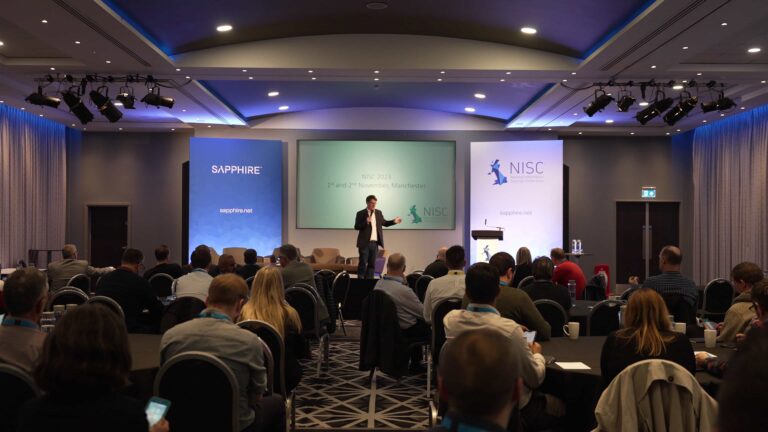Microsoft’s Security Solutions are Reshaping the Market
Written by Ian Thomas With ransomware up 300%, one in four organisations, of all sizes, reporting a breach in the last 12 months and the average cost of a breach running into hundreds of thousands,…




